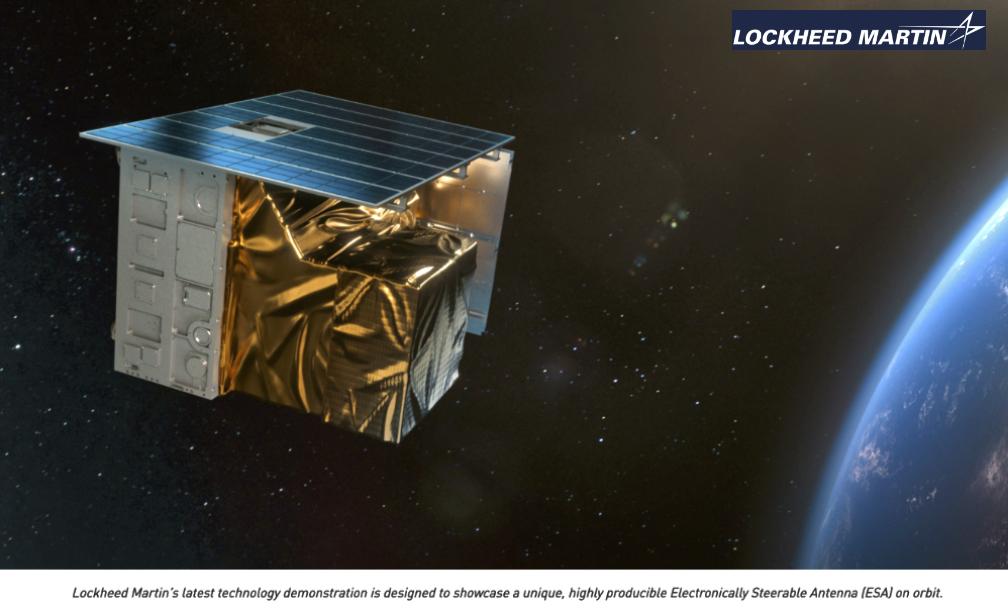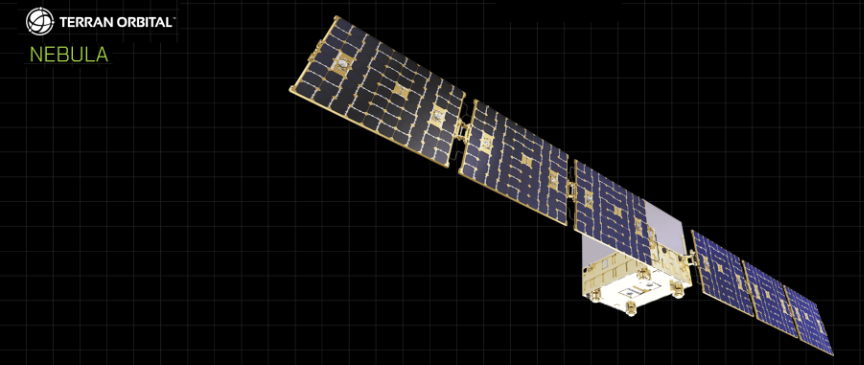
As Firefly’s second responsive space operation, Fly the Lightning will get on-orbit capabilities into the hands of U.S. warfighters faster
Firefly Aerospace recently reported that the company’s Alpha FLTA004 Fly the Lightning mission is prepared to launch no earlier than December 20, with backup dates through December 22, depending on local weather — the daily 20-minute launch window will open at 9:18 am PST.

The Fly the Lightning mission will deploy an Electronically Steered Antenna (ESA) payload developed by Lockheed Martin to demonstrate rapid delivery of on-orbit capabilities for U.S. warfighters. As a secondary objective, the mission team will further demonstrate responsive space capabilities by tracking and improving the total working hours required from payload receival to launch readiness compared to Alpha FLTA003, the record-breaking VICTUS NOX mission.

“On the heels of our successful Alpha launch for the U.S Space Force, the Firefly team will continue to push the limits and set new standards in the industry, operating at a rapid pace for Alpha FLTA004 and future missions in response to the needs of our customers,” said Bill Weber, CEO of Firefly Aerospace. “This team is utilizing lessons from our VICTUS NOX mission to fundamentally change how quickly both government and commercial customers can process their payloads and launch assets to space.”
During the final launch operations, the team will transport the payload faring to the launch pad and mate it to Firefly’s Alpha rocket using similar responsive operations to VICTUS NOX. The launch is being observed by members of the U.S. Space Force Tactically Responsive Space team to inform future missions and the requirements for repeatable on-demand launch capabilities.
“Through the VICTUS NOX demonstration, the Space Force proved the United States can rapidly respond to national security threats in space on an unprecedented timeline,” said Lt. Col. Justin Beltz, Materiel Leader and Chief of the Small Launch and Targets Division of the U.S. Space Force. “We’re now focused on transforming Tactically Responsive Space from a groundbreaking achievement into a repeatable capability. By partnering with Firefly to observe Alpha FLT004, we can continue to build synergy with commercial industry and further define the training, infrastructure, and operational requirements for long-term repeatability.”
Fly the Lightning will launch from Firefly’s SLC-2 complex at the Vandenberg Space Force Base in California. Firefly’s new payload processing facility at its launch site allows the team to rapidly fuel and integrate payloads in a clean room environment. The company’s flight-proven Alpha rocket, lifting more than 1,000 kg to LEO, further enables direct, on-demand deliveries when and where customers need to fly.
“What we’re most excited about is that this mission features several firsts – a new payload, built rapidly in a new way, with Firefly as a new launch partner,” said Bob Behnken, director of Technology Acceleration for Lockheed Martin’s Ignite organization. “This also marks the first of our self-funded technology demonstrations through Lockheed Martin’s Ignite organization, created to accelerate development projects like this, push limits and expand capabilities for customers.”
Lockheed Martin’s ESA demonstrator payload, integrated on a Terran Orbital Nebula smallsat bus.

The payload was developed by Lockheed Martin’s Ignite organization stood up to focus on exploratory research and development, accelerating the pace of technology development, and introducing new product innovations.

